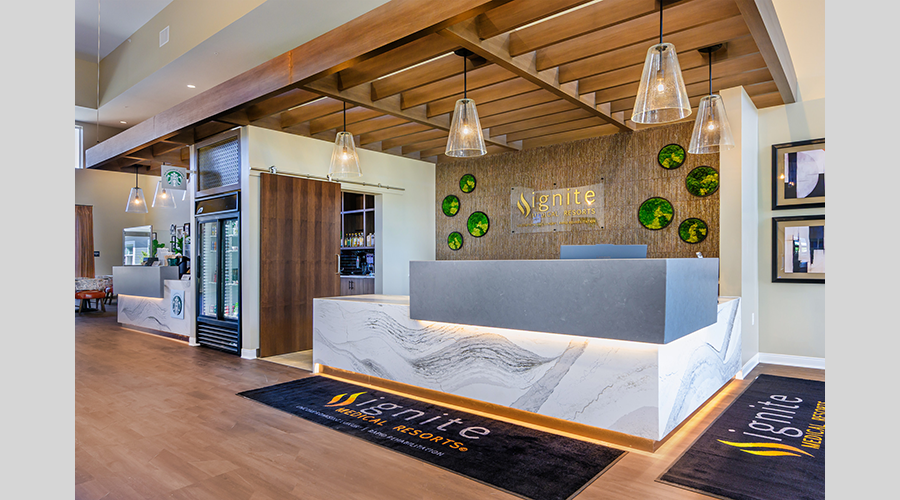As the growing Boomer demographic begins to impact the nation’s long-term care facilities, providers are noticing a growing demand for mixed-use, intergenerational housing that is built into the community, according to an article on the Long-Term Living magazine website. Baby Boomers are less accepting of a retirement lifestyle removed from the community at large. Instead, they are seeking a lifestyle that allows them to remain an active part of their town or city.
AARP's 2011 Boomer Housing Study reported that 84 percent of those surveyed expressed a strong preference to stay in places and communities they have called home. As such, providers are increasingly looking for ways to achieve a sense of connectivity for their residents, and three main themes have emerged:
Walkability. Location is essential for those facilities seeking enhanced connectivity. Facilities located near a vibrant community have an inherent marketing edge.
Intergenerational. This can take many forms, such as incorporating a continuing care retirement community (CCRC) within a greater community using a connected design or building long-term care (LTC) facilities on or near college campuses.
Mixed-Use. Incorporating retail units, often on the first floor of a multistory building, not only allows residents to frequent independent businesses, but also encourages visitors.
Senior housing developments have long been isolated sites that sought to provide everything their residents would need within their walls. Although such an all-inclusive design will still be the right fit for many seniors, others want an alternative living choice that provides closer ties to their community, the article said.
“I think it’s one obvious trend of the future,” Dodd Kattman, a partner in MKM Architecture + Design, said in the article. “Recent statistics have illustrated that consumers’ preference for the traditional CCRC model has grown stagnant. In addition to existing all-inclusive campuses, providers should consider a pluralistic approach regarding housing style, location and alternative approaches to the delivery of services and care to these future residents.”
The model of building large, insulated sites can be traced back to a post-World War II romanticization of sprawling development and the subsequent rise of suburbia, but what’s changing this outlook is an exceptional convergence of different generations’ views on living a connected life, Kattman said.
“We’re at this unique period of time where the walkable, connected lifestyle appeals to college kids, to young families and to retired people. People of all ages are looking for a place to live where they can walk to restaurants, stores, coffee shops, etc.”
Read the article.

 AI Usage for Healthcare Facilities
AI Usage for Healthcare Facilities Ground Broken on Pelican Valley Senior Living Modernization Project
Ground Broken on Pelican Valley Senior Living Modernization Project All-Electric UCI Health – Irvine Hospital Set to Open
All-Electric UCI Health – Irvine Hospital Set to Open The Rising Strategic Value of Owner's Reps in Healthcare
The Rising Strategic Value of Owner's Reps in Healthcare Lawrence Group Designs Pair of Ignite Medical Resorts in Missouri
Lawrence Group Designs Pair of Ignite Medical Resorts in Missouri